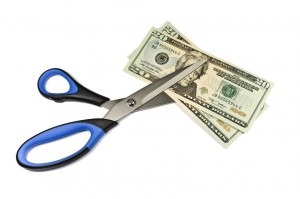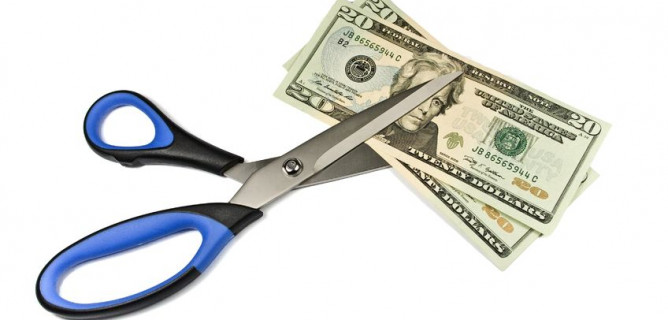 With natural gas and oil prices on the rise, U.S. homeowners are expected to pay more to heat their homes this winter. According to the U.S. Energy Information Administration, homes that use natural gas will see a 15 percent increase in heating bills this winter — adding an estimated $89 more to gas bills each month. Homes that rely on heating oil will see an 11 percent increase — adding an estimated $407 more to the monthly bill. To help counteract rising heating costs, Build.com suggests the following three things every homeowner can do to slash heating bills this winter.
With natural gas and oil prices on the rise, U.S. homeowners are expected to pay more to heat their homes this winter. According to the U.S. Energy Information Administration, homes that use natural gas will see a 15 percent increase in heating bills this winter — adding an estimated $89 more to gas bills each month. Homes that rely on heating oil will see an 11 percent increase — adding an estimated $407 more to the monthly bill. To help counteract rising heating costs, Build.com suggests the following three things every homeowner can do to slash heating bills this winter.
“We can’t control factors like fuel costs or the weather, but we can be smart about how we prepare our homes for winter,” says Build.com’s DIY Specialist, Sean Murphy. “A few basic repairs and one or two simple changes can add up to big savings in your December and January heating bills.”
To reduce winter heating bills, homeowners can consider the following money-saving suggestions:
1. Winter-proof the windows: Windows can be a home’s most attractive feature. They provide views, lighting, ventilation — and most importantly, a natural source of heat during the frigid winter months.
Unfortunately, they can also account for 10 to 25 percent of a home’s total heating bill by allowing heat to escape. This winter, make sure all windows are properly sealed. Replace weather stripping, and re-caulk windows to ensure even the smallest leaks are plugged. When the project is done, be sure to seal the caulking tube properly so it can be reused for future projects.
Think of window coverings as a home’s blanket. Close curtains, shades and blinds to keep the warm air in. When the sun does decide to come out, keep coverings open to allow it to naturally heat the room. In addition to cutting energy costs, some window coverings qualify for energy-efficiency tax credits. Though tax credits vary by state, the average homeowner can save up to $1,000 with qualifying rebates.
2. Keep tabs on the thermostat: Dialing back the thermostat by 7 to 10 degrees will save 10 percent a year on heating and cooling costs. As a general rule of thumb, a home should be kept at, or below, 68 degrees for maximum cost efficiency.
Homes with programmable thermostats should set the heater to turn on 30 minutes before someone arrives, and turn off 30 minutes before everyone heads to bed. Programmable thermostats are a great winter investment, saving the average homeowner about $180 in energy costs every year when using pre-programmed settings, and can be easily installed by the homeowner.
3. Give the water heater a boost: A hot shower is an even hotter commodity during the dreary winter months, so make sure the hot water heater is bundled up this winter. Water heater blankets help insulate the tank and allow the water to stay warmer longer. This cuts down on energy costs and makes the water tank system more efficient, saving homeowners $30 a year on their bill.
For an even bigger savings, consider upgrading to a tankless water heater. They offer convenience without the high cost of keeping water hot — saving the average homeowner more than $100 a year.
For optimal savings, set the water heater to 120 degrees. It’s estimated that setting a water heater too high — 140 degrees or above — wastes anywhere from $36 – $61 annually in standby heat losses.
“Heating and cooling account for more than half of the average utility bill. These three changes may seem small, but together they’ll make a huge dent in your winter bills,” states Murphy.
Source: www.build.com.
Courtland Building Company would love to help you plan your green home, call us today: (281) 932-4494
Visit our website: www.courtlandbuildingcompany.com Follow Us on Facebook – Twitter – LinkedIn– Google Plus


